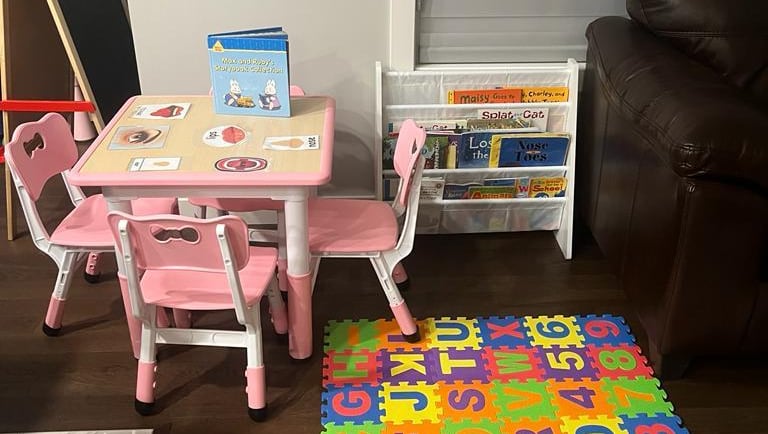10 Key Differences: What is a Dayhome? Everything Parents Need to Know Before Choosing
Anupma
11/11/20253 min read


You’re asking one of the most important questions a parent can ask: What is a dayhome, and how is it different from a traditional daycare?
In the world of childcare, these two terms often get used interchangeably, but they represent fundamentally different environments for your child. Choosing between them isn't about finding the "better" option; it’s about finding the right environment to match your child’s personality and your family's lifestyle.
If you lean toward the idea of your child being in a cozy, consistent, and familiar setting, understanding the dayhome model is crucial. Here are 10 key differences every parent needs to know before making a decision.
1. Environment: Home vs. Institution
A dayhome is childcare offered within a caregiver’s private residence, designed to feel like a home away from home. Daycares, on the other hand, are run out of dedicated commercial facilities or centres. This affects everything from the lighting and noise levels to the overall atmosphere your child experiences daily.
2. Group Size and Ratios
This is perhaps the most significant difference. Dayhomes are legally limited to a very small number of children (often six or less, not including the caregiver’s own children). Daycares operate with much larger groups, dividing children into specific age-graded rooms with multiple staff to meet regulated ratios.
3. Consistency of Caregiver
In a dayhome, your child typically has a single primary caregiver for the entire duration of their enrollment—often for several years. This consistency allows for a deep, trusting bond to form. In a daycare, your child will interact with a team of educators and may rotate between staff throughout the day or across different rooms as they get older.
4. Mixed Ages vs. Age-Grouping
Dayhomes usually feature a mixed-age group, much like a family. This allows infants and toddlers to learn from older children, promoting nurturing skills and social empathy. Daycares strictly group children by age, which optimizes peer-to-peer social interaction and age-specific programming.
5. Curriculum and Structure
Daycares usually follow a formal, structured, centre-wide curriculum with specific educational themes and schedules. Dayhomes often use a flexible, play-based philosophy that is highly individualized and adapts more easily to the needs and interests of the small group present on any given day.
6. Flexibility and Rules
A dayhome provider often offers slightly more flexibility with drop-off/pick-up times, personal routines, and nap schedules because they are working with fewer families. Daycare centres must maintain rigid hours and schedules to manage their larger staff and operational requirements.
7. Backup Care Reliability
This is the trade-off for consistency. If a dayhome provider is sick, closes for holidays, or has a family emergency, the dayhome closes, and the parent is responsible for finding backup care. Daycare centres have backup staff and rarely close unexpectedly, offering much greater reliability.
8. Amenities and Space
Daycares offer specialized amenities like dedicated gross motor rooms, large institutional playgrounds, and dedicated quiet/nap rooms. Dayhomes use their home space and backyard, providing a cozy setting but with limited, non-specialized amenities.
9. Safety and Regulation Oversight
While all good dayhomes prioritize safety, regulation is key. Regulated dayhomes are monitored by a licensed agency that performs regular, often unannounced, safety and quality checks. Daycares are monitored by the government licensing bodies. Unregulated dayhomes offer no guaranteed third-party oversight.
10. Cost Structure
Fees tend to be comparable between licensed daycares and regulated dayhomes, especially when considering available government subsidies. However, a dayhome’s overhead is lower, which may result in a slightly lower overall fee structure, but this varies widely by provider.
Making the Right Choice
Ultimately, the best environment depends entirely on your child. If your child is easily overwhelmed by noise and excels with high-touch consistency, the dayhome model is likely a great fit. If your child is highly social and thrives in a bustling, structured setting, a daycare centre may be better. By understanding these 10 core differences, you can move forward with confidence in choosing the right path for your family
